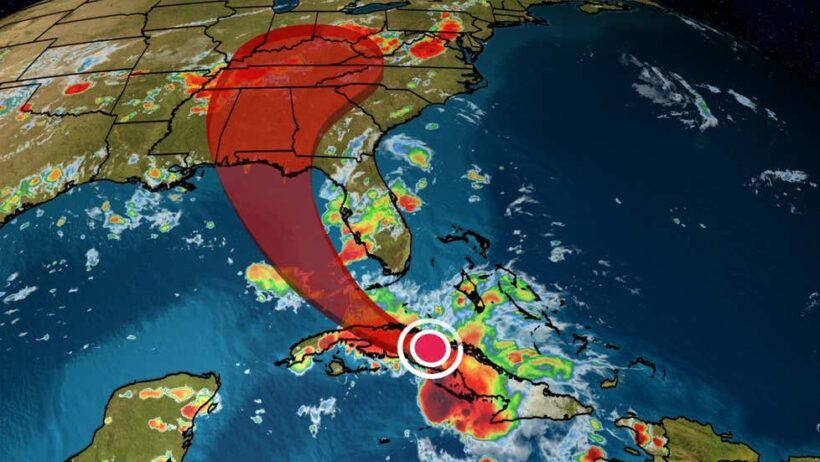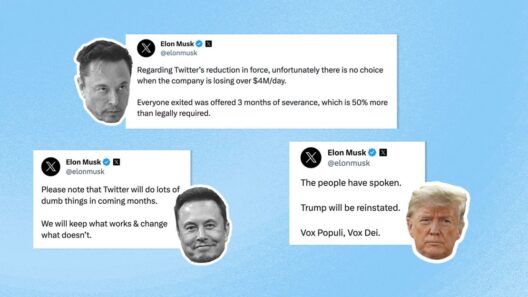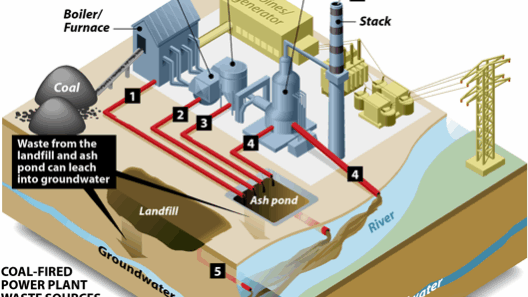Is the U.S. still in the Paris Climate Agreement? This playful query might provoke a moment of reflection, especially considering the turbulence of recent history regarding climate policy. The Paris Agreement, in its very essence, represents a collective endeavor by nations to confront the existential threat posed by climate change. Understanding the U.S. position in this globally significant framework is crucial, as it not only influences domestic policies but also shapes international climate dynamics.
To comprehend the current status, it is essential to dive into the timeline of the U.S. involvement with the Paris Agreement. Initially adopted in December 2015, the accord was heralded as a landmark decision to limit global warming to well below 2 degrees Celsius above pre-industrial levels. The United States, under the Obama administration, played a pivotal role in negotiating the terms and subsequently ratifying the agreement in September 2016. This marked a robust commitment to curtail greenhouse gas emissions while fostering resilience against climate impacts.
However, in a dramatic turn of events, the narrative shifted when the Trump administration announced its intent to withdraw from the agreement in 2017, claiming it posed undue burdens on the U.S. economy and was detrimental to job creation. This announcement sent shockwaves throughout the international community. The withdrawal officially took effect on November 4, 2020, precisely three years after it was signed, highlighting the significant ebb and flow of U.S. environmental policy.
Yet, a new dawn emerged. After a fervent electoral campaign that emphasized a return to multilateralism and heightened climate action, President Joe Biden assumed office in January 2021. True to his campaign promises, he signed an executive order on his first day in office to rejoin the Paris Agreement. By February 19, 2021, the U.S. was once again part of this global initiative, reinstating its commitments and responsibilities. This swift transition underscores the political volatility surrounding climate negotiations and the U.S.’s role therein.
But what does it mean for the U.S. to be in the Paris Agreement now? The country has committed to reducing greenhouse gas emissions by 50-52% below 2005 levels by 2030, an ambitious target that aligns with global efforts to limit temperature rises. This commitment lays the foundation for further policies aimed at transforming the energy sector, advancing renewable energy technologies, and fostering sustainable practices across various industries.
However, the challenge remains daunting. The U.S. must navigate a complex landscape of political and economic realities that often vie against environmental goals. Even as the Biden administration works toward ambitious regulatory frameworks, political opposition and lobbying from entrenched fossil fuel interests pose formidable hurdles. The question thus arises: can the U.S. balance economic growth with environmental sustainability in the current volatile climate of public opinion and policy?
Moreover, ongoing international negotiations and climate conferences, such as COP26 and beyond, present additional challenges and opportunities for the U.S. to redefine its global climate leadership role. At these gatherings, nations collectively assess progress, share best practices, and commit to additional measures to combat climate change. The U.S. presence at these forums is crucial, as it can galvanize other nations to elevate their commitments while holding itself accountable to its pledges.
As the world grapples with the immediate repercussions of climate change, including extreme weather events, rising sea levels, and biodiversity loss, the impact of U.S. climate policy resonates globally. The U.S. must recognize its position not just as a national actor but as a significant contributor to global trends. This acknowledgment is essential, particularly in the context of global equity, where developing nations often bear the brunt of climate impacts despite contributing the least to the problem.
Rejoining the Paris Agreement also places additional demands on the U.S. to mobilize financial resources, support innovation, and enhance technological transfer to poorer countries struggling to combat climate change. Such actions demonstrate a commitment to fostering a truly equitable approach toward addressing climate crises globally.
Yet, amidst these lofty ambitions lies the practical aspect of domestic implementation. The U.S. must rally support across diverse constituencies — from local governments and businesses to communities directly affected by climate policies. Engaging with the public and ensuring transparent communication around the benefits and imperatives of climate action will be pivotal for achieving broader acceptance and successful implementation of policies.
In conclusion, the U.S. is indeed back in the saddle of the Paris Climate Agreement, navigating the complexities of reinstating its climate leadership and fulfilling its commitments. The potential for impact remains vast, yet it is fraught with challenges that require concerted efforts from all sectors. As the nation grapples with pressing environmental issues, one resounding thought remains: can the U.S. transcend political turbulence and emerge as a beacon of progressive climate policy? The future hangs in the balance, and the answer will shape not only national destinies but also the fate of our planet.







